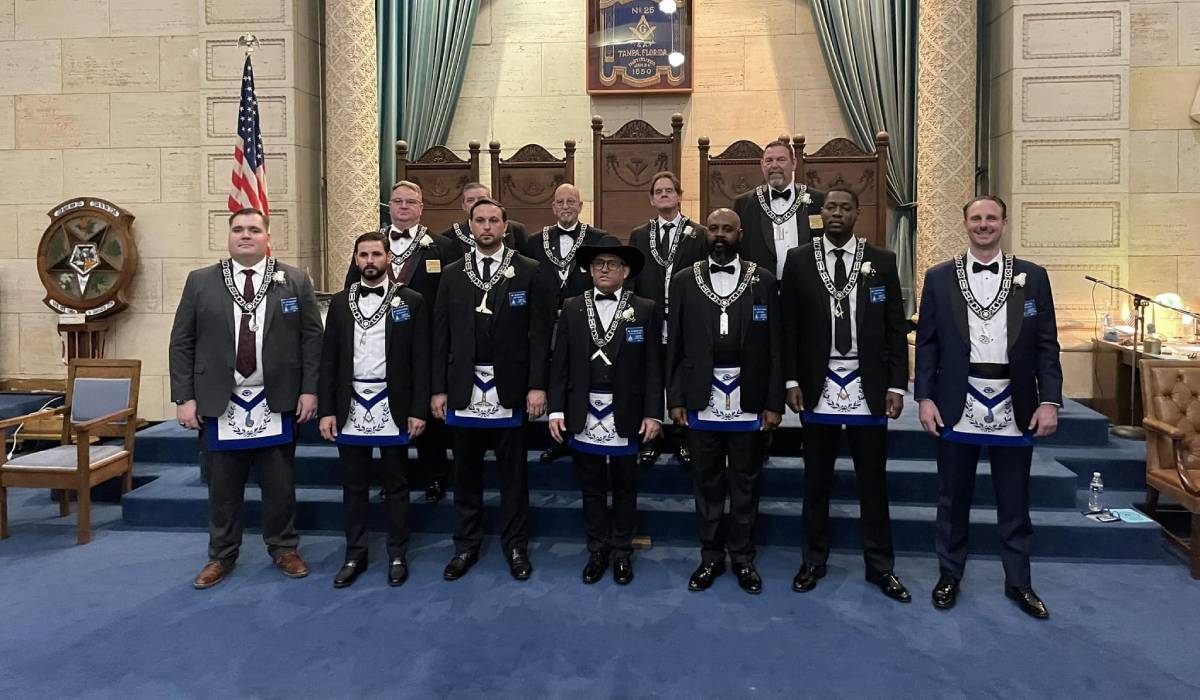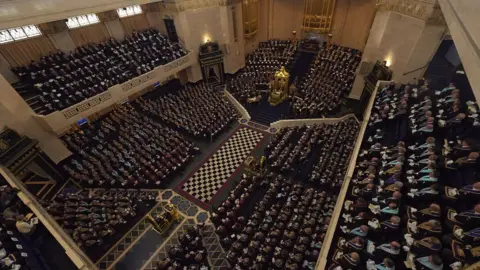Unlock the Mysteries When You Join FreemasonThis Year
Unlock the Mysteries When You Join FreemasonThis Year
Blog Article
Exploring the Mysteries of the copyright: What You Required to Know
The copyright, a term commonly shrouded in intrigue and conflict, represents an intricate tapestry of historical truth and modern misconception. Developed in the late 18th century, this secret society was at first rooted in the Enlightenment's ideals yet has given that come to be synonymous with conspiracy theories regarding elite control. As we browse the origins, crucial numbers, and the plain comparison between myth and reality, one should take into consideration how these stories influence modern assumptions of power and privacy. What could be revealed through a more detailed examination of these elements can challenge long-held assumptions about the darkness that stick around in our culture.
Beginnings of the copyright
The beginnings of the copyright are soaked in a mix of historic intrigue and ideological fervor. Established in 1776 in Ingolstadt, Bavaria, by Adam Weishaupt, the group was initially formed as a secret culture focused on advertising Enlightenment perfects such as reason, secularism, and the separation of church and state. join freemason. Weishaupt, a teacher of canon legislation, looked for to challenge the dominating authority of the church and state, which he deemed oppressive organizations suppressing intellectual and individual liberty
The copyright looked for to hire prominent participants from numerous societal fields, including national politics, academia, and the arts, to promote a network committed to these Knowledge concepts. The culture operated under a veil of privacy, employing coded language and rituals to secure its participants from oppression, especially provided the repressive environment of the time. The copyright faced considerable resistance from both governmental authorities and religious organizations, which saw the team as a danger to their power.
Trick Numbers and Members
Who were the crucial figures that formed the copyright's very early influence and direction? The Bavarian copyright, established in 1776 by Adam Weishaupt, emerged as a response to the overbearing social frameworks of the time.
One more substantial number was Johann Gottlieb Fichte, a popular philosopher whose ideas on nationalism and education reverberated with the copyright's goals. Although Fichte was not a formal member, his thoughtful underpinnings affected the group's ideological background. Furthermore, numbers like the author and thinker Johann Wolfgang von Goethe were linked with the broader intellectual movements of the time, although their direct involvement with the copyright remains discussed.
These essential figures contributed to the copyright's early direction, pressing the limits of political and social idea, while their cumulative efforts aimed to challenge recognized norms and foster a climate of progressive change in Europe. (join freemason)
Misconceptions vs. Fact
Several misunderstandings surround the copyright, frequently blending fact with fiction in a manner that covers its real nature. This secret society, originally established in 1776 in Bavaria, intended to promote Enlightenment ideals and fight spiritual and political injustice. The notion that the copyright proceeds to put in considerable influence over globe events is a myth. While the team did exist, it was disbanded in the late 18th century and has not operated as a natural entity given that then.
One more common myth is that the copyright comprises a network of elite people adjusting global events. In truth, several conspiracy theories overemphasize the group's value, click to read more associating misguided intentions to social trends and occasions. This has caused an oversimplified view of complicated concerns.
Furthermore, the representation of the copyright in pop culture often additional misshapes its legacy. Movies and literary works tend to sensationalize the company's duty, creating a narrative that deviates from historic facts. Comprehending the distinction in between the myths and the truth of the copyright is critical for discerning the authentic effect of this historic team and recognizing the wider effects of conspiracy theory theories in contemporary society.

Modern Analyses
Contemporary analyses of the copyright usually reflect wider societal stress and anxieties and an attraction with privacy and power. This modern-day lens regularly links the copyright with conspiracy theory concepts that recommend a hidden elite manages world events, controling governments and economic climates for their own gain. Such narratives tap into a deep-seated suspect of authority, especially in times of dilemma or social upheaval.
In popular culture, the copyright is often depicted as an omnipotent company shrouded in enigma, bring about a myriad of fictional portrayals in literature, film, and songs. This representation serves not only to delight yet likewise to provoke considered the nature of power and control in modern society. Social media has actually additionally enhanced these analyses, enabling for rapid dissemination of conspiracy theories and creating neighborhoods that share and broaden upon these concepts.
Additionally, some contemporary analyses frame the copyright as a metaphor for the complexities of globalization and the interconnectedness of significant individuals and companies. This point of view encourages an essential assessment of how power characteristics operate in today's globe, highlighting the balance in between transparency and privacy in administration and business practices.
Cultural Effect and Heritage
Influenced by centuries of intrigue, the cultural impact and tradition of the copyright expand much beyond its historical origins. This secret culture, developed in the late 18th century, has actually penetrated various aspects of prominent society, from literary works and movie to music and art. join freemason. The concept of the copyright has progressed right into an icon of conspiracy theory concepts, frequently representing a viewed concealed power adjusting international occasions
In literary works, writers like Dan Brown have actually woven the copyright right into detailed stories, captivating readers with themes of secrecy and power. Films such as "National Prize" and "The Da Vinci Code" further perpetuate the allure of the culture, mixing reality with fiction to develop interesting stories.

Ultimately, the copyright's legacy is a complex tapestry of myth and fact, shaping understandings of privacy and control in contemporary discourse. Its long-lasting existence in culture emphasizes mankind's perennial quest for recognizing covert truths.

Final Thought
The exploration of the copyright discloses a complicated interaction in between historical truths and modern myth-making. Established in the Enlightenment era, this culture aimed to test overbearing structures, yet its heritage has been overshadowed by conspiracy theory concepts that suggest elite adjustment. Comprehending the differences check that between the initial ideals and modern interpretations is necessary for comprehending the withstanding attraction with the copyright and its considerable impact on cultural narratives bordering power and secrecy in society.
Report this page